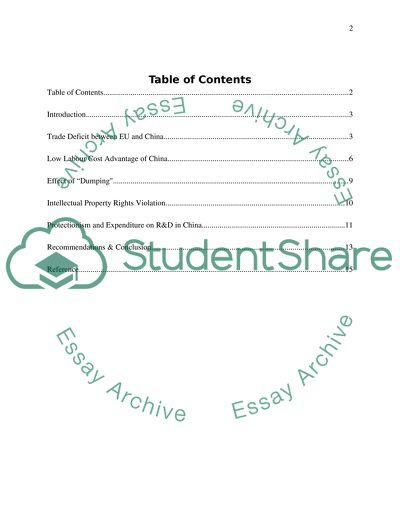Cite this document
(“Economic Competitiveness of the EU in the Light of Growing Trade Essay”, n.d.)
Economic Competitiveness of the EU in the Light of Growing Trade Essay. Retrieved from https://studentshare.org/macro-microeconomics/1478220-economic-competitiveness-of-the-eu-in-the-light-of-growing-trade-expansion-from-china
Economic Competitiveness of the EU in the Light of Growing Trade Essay. Retrieved from https://studentshare.org/macro-microeconomics/1478220-economic-competitiveness-of-the-eu-in-the-light-of-growing-trade-expansion-from-china
(Economic Competitiveness of the EU in the Light of Growing Trade Essay)
Economic Competitiveness of the EU in the Light of Growing Trade Essay. https://studentshare.org/macro-microeconomics/1478220-economic-competitiveness-of-the-eu-in-the-light-of-growing-trade-expansion-from-china.
Economic Competitiveness of the EU in the Light of Growing Trade Essay. https://studentshare.org/macro-microeconomics/1478220-economic-competitiveness-of-the-eu-in-the-light-of-growing-trade-expansion-from-china.
“Economic Competitiveness of the EU in the Light of Growing Trade Essay”, n.d. https://studentshare.org/macro-microeconomics/1478220-economic-competitiveness-of-the-eu-in-the-light-of-growing-trade-expansion-from-china.


